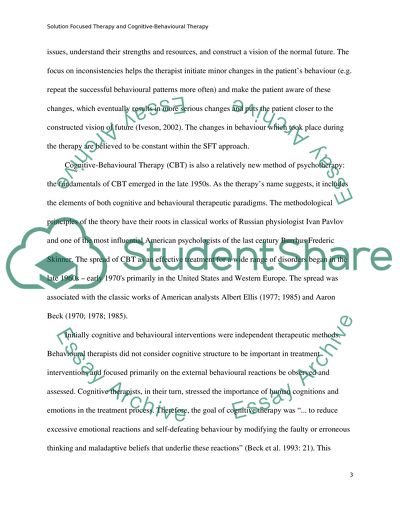Cite this document
(“Mental Health Setting Essay Example | Topics and Well Written Essays - 2500 words”, n.d.)
Mental Health Setting Essay Example | Topics and Well Written Essays - 2500 words. Retrieved from https://studentshare.org/psychology/1501581-mental-health-setting
Mental Health Setting Essay Example | Topics and Well Written Essays - 2500 words. Retrieved from https://studentshare.org/psychology/1501581-mental-health-setting
(Mental Health Setting Essay Example | Topics and Well Written Essays - 2500 Words)
Mental Health Setting Essay Example | Topics and Well Written Essays - 2500 Words. https://studentshare.org/psychology/1501581-mental-health-setting.
Mental Health Setting Essay Example | Topics and Well Written Essays - 2500 Words. https://studentshare.org/psychology/1501581-mental-health-setting.
“Mental Health Setting Essay Example | Topics and Well Written Essays - 2500 Words”, n.d. https://studentshare.org/psychology/1501581-mental-health-setting.


